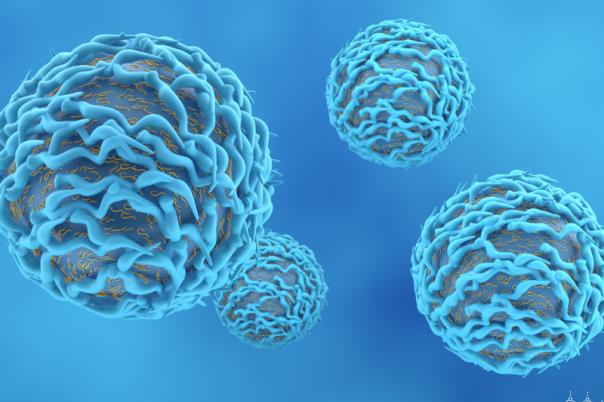Olga Nissan, Chief Executive Officer and Co-Founder of Protica Bio is aiming to find predictive biomarkers to predict the immunotherapy outcome in cancer patients. CTLA-4 and PD-1 are immune checkpoint inhibitors that inhibit immune response including antitumour responses. Their discovery generated a large amount of interest in immunotherapy cancer treatment.
Despite the great promise of immunotherapy, there was a lot of disappointment due to low treatment response for many indications. Furthermore, extortionate treatment costs and adverse side effects have discouraged the widespread use of immunotherapies. Nissan suggested that to tackle this problem, we need predictive biomarkers capable of predicting immunotherapy outcomes. Yet, given the guidelines and extensive research on biomarkers, they are incredibly challenging to implement in healthcare systems.
Protica is advancing this area of precision medicine by using AI proteomics on FFPE (formalin-fixed paraffin - embedded) samples to identify predictive biomarkers. Nissan summarised Protica’s impressive progress: “We were able to reach an unprecedented number of 11,000 protein coverage per single tumour sample. This enables us to get better statistics and to get really high statistical results from smaller cohorts of patients.” Such remarkable coverage captures nuances and deeper insights into tumour biology that other methods miss. Their machine learning models achieved an 86% positive predictive value in identifying responders and non-responders, while the predictive value of PD-L1 immunohistochemistry staining is only 34%.
One key advantage of FFPEs is that they are highly available and only a small sample is needed for analysis. Furthermore, from the FFPE slides, one can even observe biomarkers that cannot be found in the bloodstream because they haven’t been secreted. Finally, this method allows researchers to focus on the relevant tumour region and “block out the noise” from adjacent non-tumour tissues. Nissan said that proteomics integrates genetic and environmental factors and offers the richest data compared to genomics and transcriptomics.
Putting this into practice, Nissan is working with pathologists to mark exact tumour regions in patients with head and neck cancers. The response rate to treatment for head and neck cancer is extremely low, sometimes below 20% and the five-year survival rate in this indication is only approximately 50%. Therefore, there is a high unmet clinical need for better predictive biomarkers.
The team has identified a two-protein signature that predicts patient responses to immunotherapy. The data shows that if there is a high protein A level and a low protein B level, the response to immunotherapy is poor. However, if protein A level is low and protein B level is high, patients will have a good prognosis and respond well to immunotherapy, so they don’t have to resort to chemotherapy or radiation. Nissan added that the discovery of a druggable target (Protein A inhibitor) could enhance treatment response when combined with immune checkpoint inhibitors.
In summary, AI-driven proteomics can improve immunotherapy response predictions. Protica Bio hopes to improve immunotherapy decision-making and improve patient outcomes. Future work will expand and validate these findings in larger clinical trials





